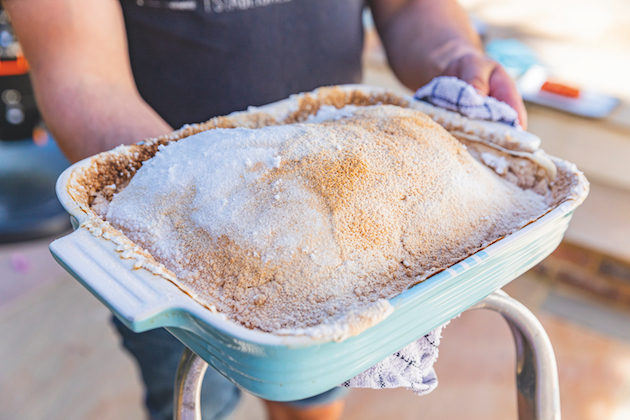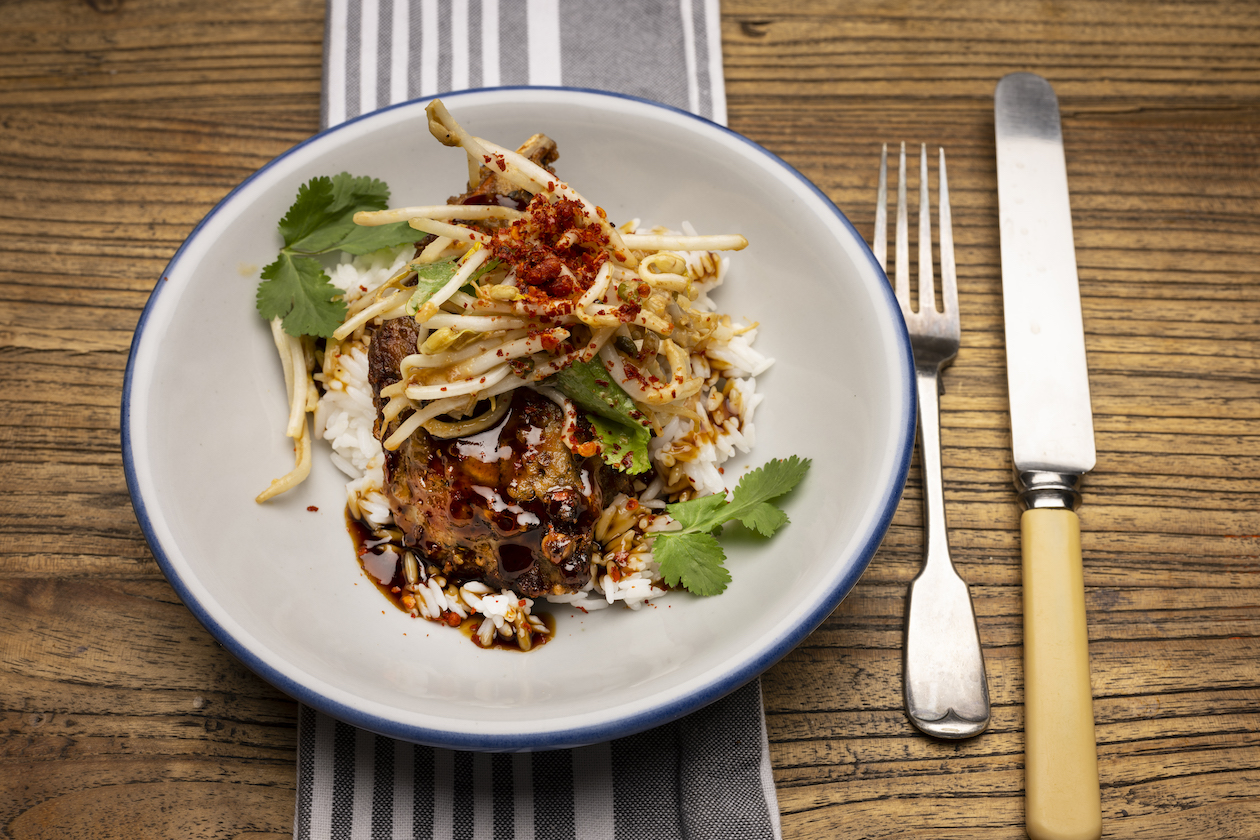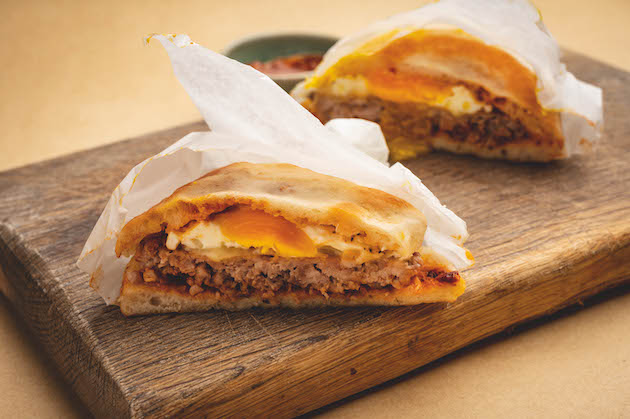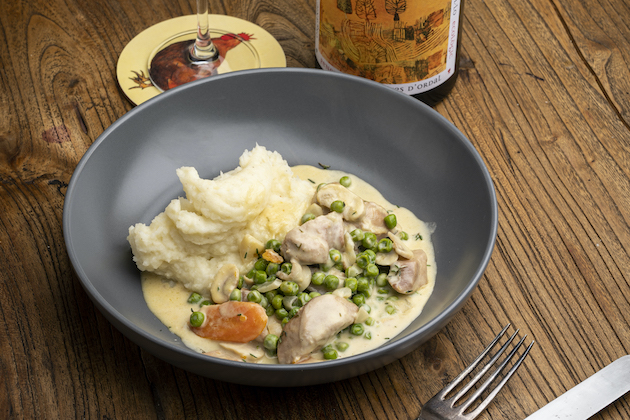A recipe for salt baked rabbit
With rabbit numbers increasing on one of his permissions, Cai ap Bryn jumps at the chance to harvest a few for a succulent salt-baked dish. Serves two or three.

A very good rabbit recipe - salt baked rabbit by Cai Ap Bryn
A very good way of cooking rabbit
This was an experiment that surprisingly turned out to be a very good way of cooking rabbit. Traditionally, salt-baking is used for meat such as chicken and even whole fish. It seals in the moisture and steams the meat underneath, leaving it moist and tender depending on how long it is cooked for. Fish, for example, takes very little time as the aim is not to tenderise the fish, but to cook it only long enough to keep it very moist.
Salt-baking can be done in many ways, using the oven, a fire pit, a pizza oven or a covered barbecue. In Argentina, they use a wood fire set-up called an infiernillo. It is like an open-sided oven. It cooks from the top and bottom, but the sides remain open. It is a great method for salt-baking as the salt needs to be heated from top and bottom.
For this recipe, I used my ProQ bullet barbecue at about 150°C. I used a digital Bluetooth thermometer to keep a constant temperature update. I know this may seem hi-tech, but a barbecue’s inbuilt thermometer is not that reliable so I always use a digital one such as the Inkbird. This proves to be very important when undertaking complex slow recipes such as beef briskets and pork shoulders.
The rabbit for this recipe was harvested on one of my permissions. Over the past year, I have noticed numbers have rapidly increased after a bit of a drought due to rabbit haemorrhagic disease. Now that they are in good supply, we can look to harvest again and keep the numbers at a sensible level for the landowner.
I used my Ruger American .17 HMR from Viking Arms — a beautiful little rifle that is lightweight and a pleasure to take out. Attached to this, I have been using a Pulsar Thermion scope that’s on loan from Thomas Jacks. Together they are a very deadly and efficient rabbit-culling machine. Anything up to 100 yards on a still night is certainly put on the menu.
For this recipe, I chose a three-quarter-sized rabbit. This works better than a large buck rabbit as the meat tends to be less dry and more tender.
I have added some tweaks to the recipe for cooking rabbit to really maximise locking in the moisture. I like to place the rabbit in a salt-and-sugar-water solution overnight. This helps to clean the meat and increase the tenderness. It is basically a brine solution, allowing more water into the rabbit and preventing it drying out. The salt also removes any extra blood from the meat, which gives it a cleaner taste.
Ingredients
- Three quarter-sized rabbit
- 1.5kg to 2kg salt
- 200ml water
For the Brine:
- 2 tbsp salt
- 2 tbsp sugar
- Water to cover
Method
- Place the rabbit in a water solution (2 tbsp of sugar and 2 tbsp of salt in enough water to cover the rabbit in a dish) and leave in the fridge overnight. Next morning, rinse the rabbit with clean water and pat dry.
- Mix 1.5kg to 2kg of salt with about 200ml of water, enough to make it stick together, but not too wet or it won’t hold shape. It should be the consistency of damp sand. If it requires more water, gently add some until it is sufficiently pliable.
- On a baking tray and parchment paper, lay roughly a quarter to a third of the salt on the bottom (enough to place the rabbit on with a 1cm overlap). Place the rest on top until all of the rabbit is covered. I placed the rabbit in whole, but it can be wrapped in damp muslin cloth which makes it easier to clean at the end.
- Once the rabbit is sealed, place it in a preheated oven or barbecue at 150°C for around two hours. If cooking an older, bigger rabbit, I would advise about two-and-a-half hours
- The salt bakes hard and may form a few cracks to release pressure. Use a steak hammer or the back of a knife to open the salt shell to reveal a beautifully moist, tender rabbit inside. If the rabbit is cooked for longer, care is needed because it can fall apart, making it harder to clean off the salt. Remove the salt with a damp cloth and the meat can be used in a variety of ways. I used it to make a hot rabbit salad with black pudding, bacon, pine nuts, beetroot and watercress.









